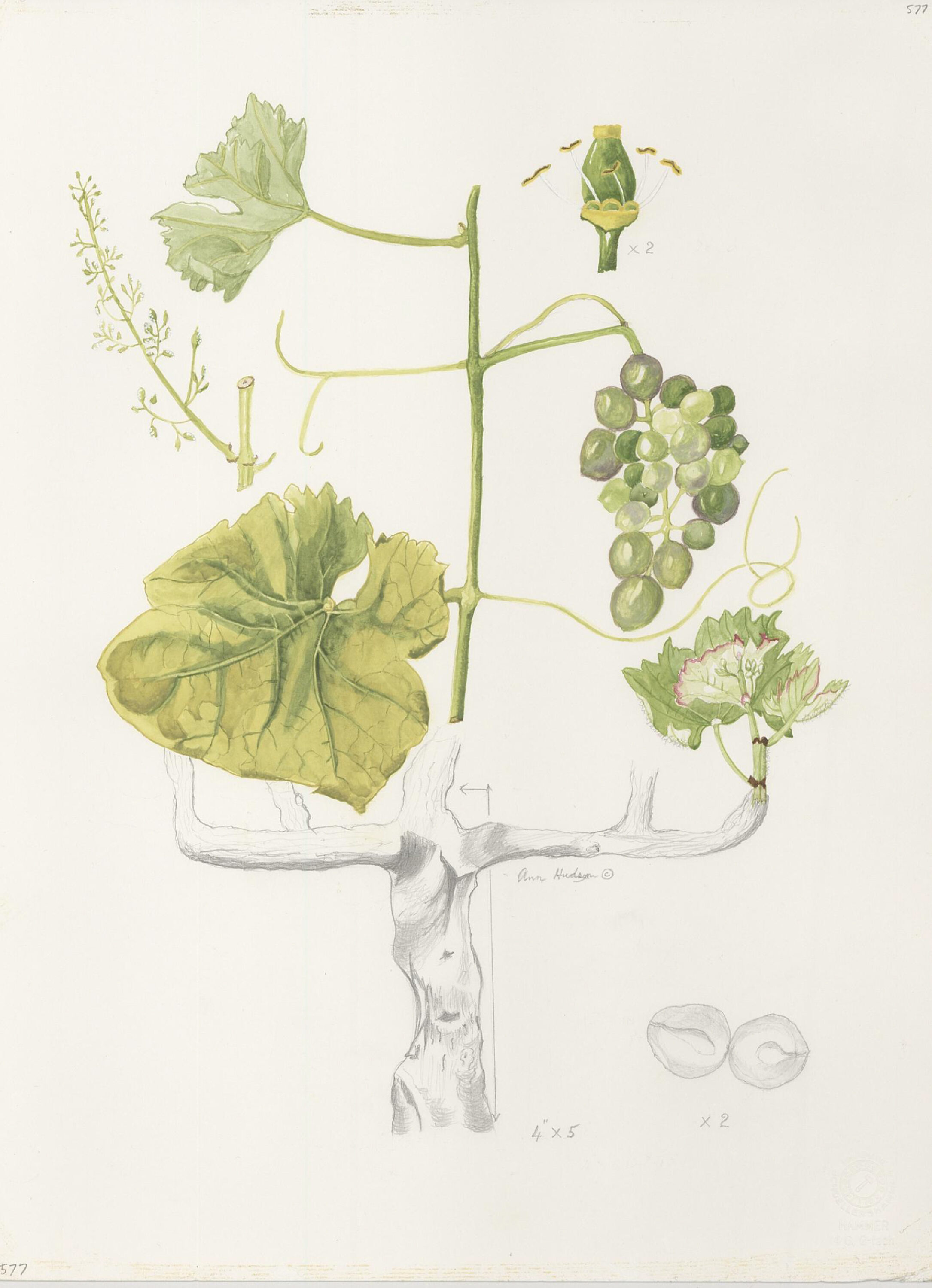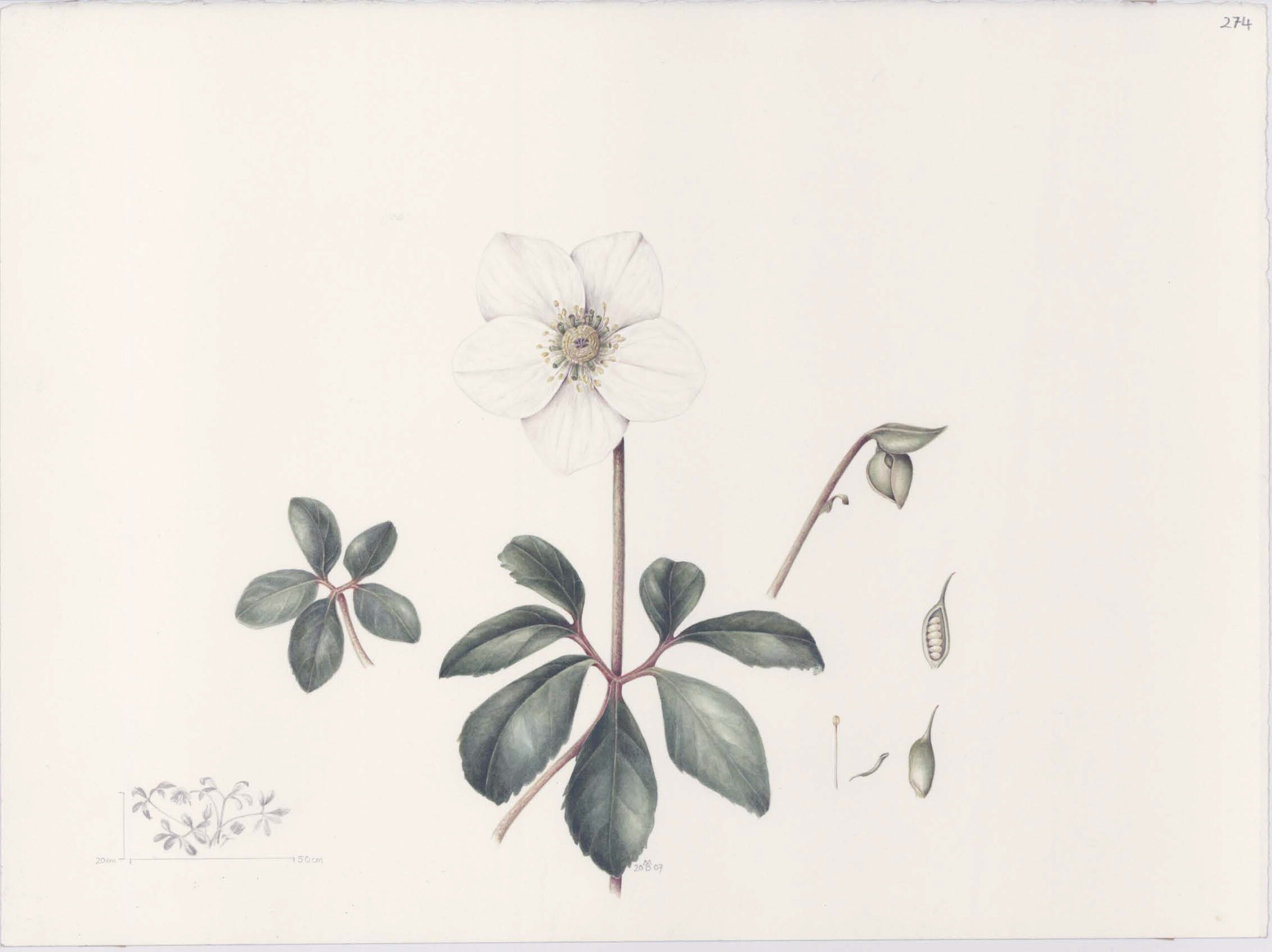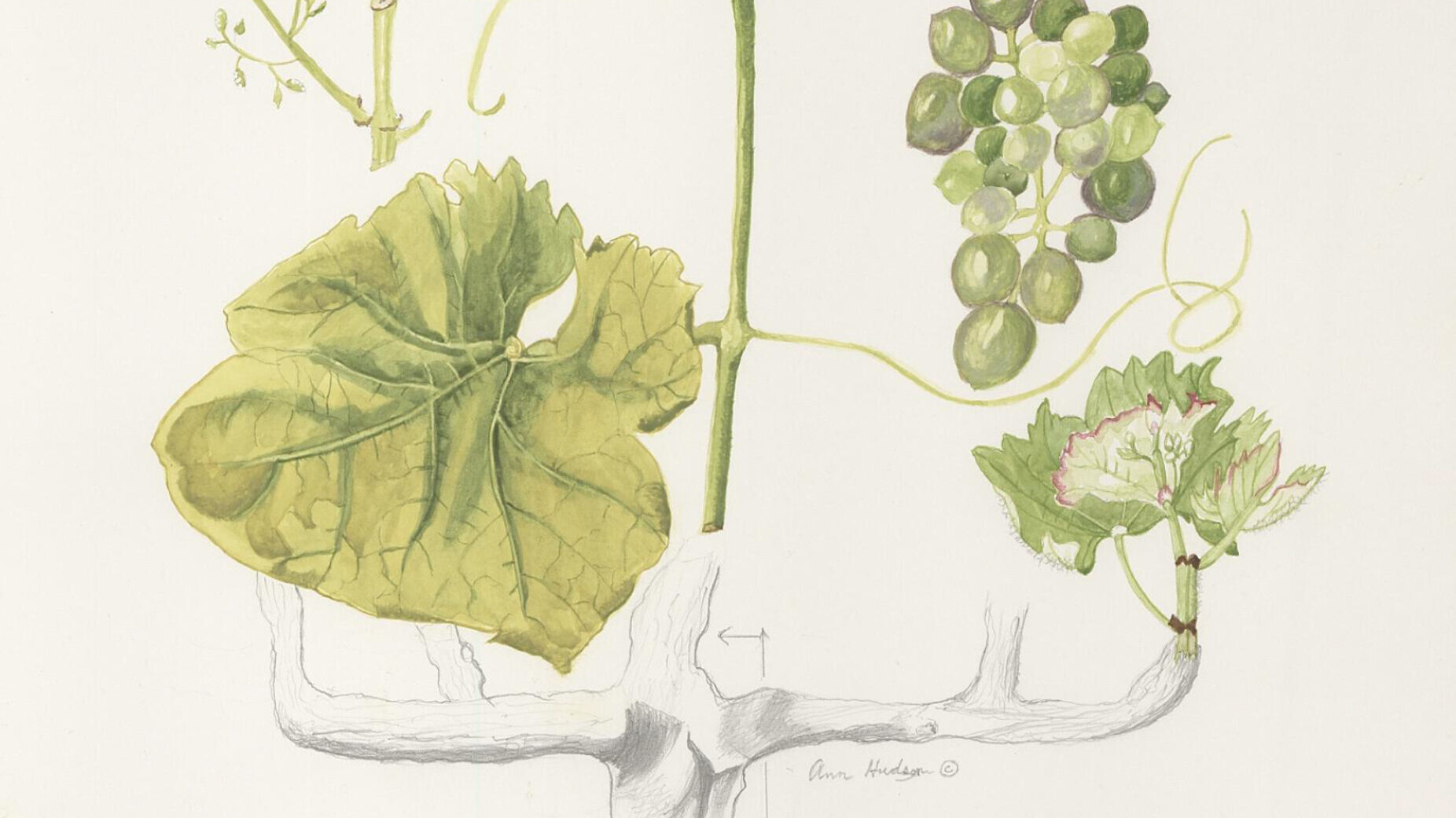On the 8 March we celebrated International Women’s Day and I decided to take this opportunity to bring to light a topic that tends to be given little visibility: menopause. The history of menopause is full of plant stories. Indeed, plants are central to how we care for and sustain our bodies. As such, they are a useful point of entry into the fascinating history of menopause both as a natural process leading to the end of female’s reproductive potential and as a culturally constructed phenomenon(1).
During the Middle Ages, (500-1400 CE) the gendered experience of menopause was a non-problem. People anticipated a decrease in fertility in both male and female bodies. In early modern Europe, it became a topic of concern (2). The medical paradigm was organised around the humoral theory inherited from classical writings. According to this theory, the body contained four humours which had to be balanced for it to be healthy. The history of menopause does not exist in isolation but in relation to the history of menstruation. At the time, the menopause, as the cessation of the menses, was seen as a subset of menstrual disorders. Menstruation was perceived as a cathartic episode, cleansing the body of a fluid that was considered to be toxic (3). Pliny the Elder (AD 23/24 – 79), an Ancient Roman naturalist who greatly influenced European early modern medicine wrote about menstrual blood: “[…] young vines [Vitis vinifera] are irretrievably damaged by its touch, rue [Ruta graveolens] and ivy [Hedera helix], plants of the highest curative power, perish immediately” (4). The menopause thus started to be understood as a loss of the internal balance that menstruation was facilitating through the disposal of “poisonous blood”. Another concern linked to menopause was that it challenged the very function of women in the patriarchal society of the time. Women were essentialised to their fertility. They were thus particularly threatening once they reached their post-reproductive life, especially if they conserved a sexual activity.

This view of menstruation and consequently of menopause lasted up to the 1700s/1800s when competing medical theories started appearing. This reflected the professionalisation of gynaecology and obstetrics. It was accompanied by an attempt of the male dominated medical profession to distance itself from traditional beliefs, establishing its authority and discrediting other healthcare providers such as wise women (5). Menopausal disorders then started appearing in the medical writings of medical doctors such as Jean Astruc (1684-1766) and Nicolas Chambon de Montaux (1748-1826). Menstruation and the disorders that could accompany it took a negative connotation, automatically leading to a more positive view of the menopause (as a cessation of menstruation). The menopause was then considered as a natural phenomenon. However, the discomforts that might accompany it were directly used to blame women for their purportedly “inappropriate” lifestyles (6). The early modern fear of the menopause declined in favour of a paternalizing judgment of it. Women who underwent painful menopausal transitions were blamed for having committed “youthful indiscretions” like masturbating, reading bad novels, eating spicy food, having sex after the age of 40 and indulging in spirits, coffee (Coffea arabica), tea (Camellia sinensis), wine (Vitis vinifera), and tobacco (Nicotiana tabacum)(2).

By the 1800s, doctors introduced an understanding of females’ physiology as being entirely dependent on the uterus. The menopause came to be seen as the loss of the very thing that made them women and what was perceived as their singular distinction from en. The view that women had to age ‘hygienically’ to avoid diseases of the uterus also spread. The 19th century saw the appearance of the first popular remedies which referred specifically to the menopause. Examples include l’Elixir de Virginie claimed to alleviate the symptoms of the “retour d’age” (menopause) made of Hamamelis spp. (witch hazel) and Capsicum sp. (pepper) and Rufus’s pill, a purgative made of Aloe sp. , Crocus sativus (saffron) and Commiphora myrrha (myrrh) (7, 8). By the end of the 19th century/beginning of the 20th century a variety of herbal remedies were recommended to alleviate painful menopausal transitions such as the use of Passiflora incarnata (apricot vine) , Hydrastis canadensis (eye balm), Valeriana officinalis (common valerian), Aconitum napellus (monk’s hood) and Helleborus niger (Christmas rose).
Many of the aforementioned plants are no longer used in the alleviation of the painful physiological changes and disorders that can accompany menopause. However, today and despite the increasing medicalisation of menopause a lot of women handle it using herbal methods. In fact, it has been suggested that at least 51% of women worldwide use complementary and alternative medicine for symptom management (9). This involves a variety of practices including aromatherapy and herbal treatment medicine. A number of herbal remedies have been proved to be efficient by contemporary research. Trifolium pratense (red clover) and Hypericum perforatum (St John’s Wort) have been found to reduce hot Further research is also being conducted on the potential use of Dioscorea spp. (yams), Angelica sinensis (chinese angelica) and Oenothera biennis (evening primrose) (10).
The history of menopause is very much linked to how the female body and experience has been conceptualised through time. Today, menopause remains a taboo and secret matter reflecting the misogynistic theories that have been imposed on the female body and the sometimes-distressing experience of menopausal physiological changes. Plants, their pharmacological values and cultural significance have been present all along and appear today as a beautiful symbol of women’s amazing resilience.
To know more:
EPOCH. (2021, August 31). Wicked or wise? Menopausal women in popular history. Epochmagazine.
Mattern, S. P. (2019). The slow moon climbs: The science, history, and meaning of menopause. Princeton University Press.
References:
(1)Im, E.-O. (2007). A feminist approach to research on menopausal symptom experience: Family & Community Health, 30, S15–S23. https://doi.org/10.1097/00003727-200701001-00004
(2)EPOCH. (2021, August 31). Wicked or wise? Menopausal women in popular history. Epochmagazine. https://www.epoch-magazine.com/post/wicked-or-wise-menopausal-women-in-popular-history
(3)Stolberg, M. (1999). A woman’s hell? Medical perceptions of menopause in preindustrial europe. Bulletin of the History of Medicine, 73(3), 404–428. https://doi.org/10.1353/bhm.1999.0139
(4)Chavarria, S. (2022). Menstrual blood: Uses, values, and controls in ancient rome. Cahiers « Mondes Anciens », 16. https://doi.org/10.4000/mondesanciens.4113
(5)Moore, A. (2022). The French invention of menopause and the medicalisation of women’s ageing: A history. Oxford University Press.
(6) Mattern, S. P. (2019). The slow moon climbs: The science, history, and meaning of menopause. Princeton University Press.
(7)Dictionnaire des spécialites pharmaceutiques ; Vidal. Le dictionnaire ; Dictionnaire de spécialités pharmaceutiques. (1914). Paris : Office de vulgarisation pharmaceutique. http://archive.org/details/BIUSante_pharma_p11247x1914
(8)van Die, D. (2010). Herbal medicine and menopause: An historical perspective. Western Sydney University .
(9)Johnson, A., Roberts, L., & Elkins, G. (2019). Complementary and alternative medicine for menopause. Journal of Evidence-Based Integrative Medicine, 24, 2515690X1982938. https://doi.org/10.1177/2515690X19829380
(10)Kenda, M., Glavač, N. K., Nagy, M., Sollner Dolenc, M., & on behalf of the OEMONOM. (2021). Herbal products used in menopause and for gynecological disorders. Molecules, 26(24), 7421. https://doi.org/10.3390/molecules26247421

